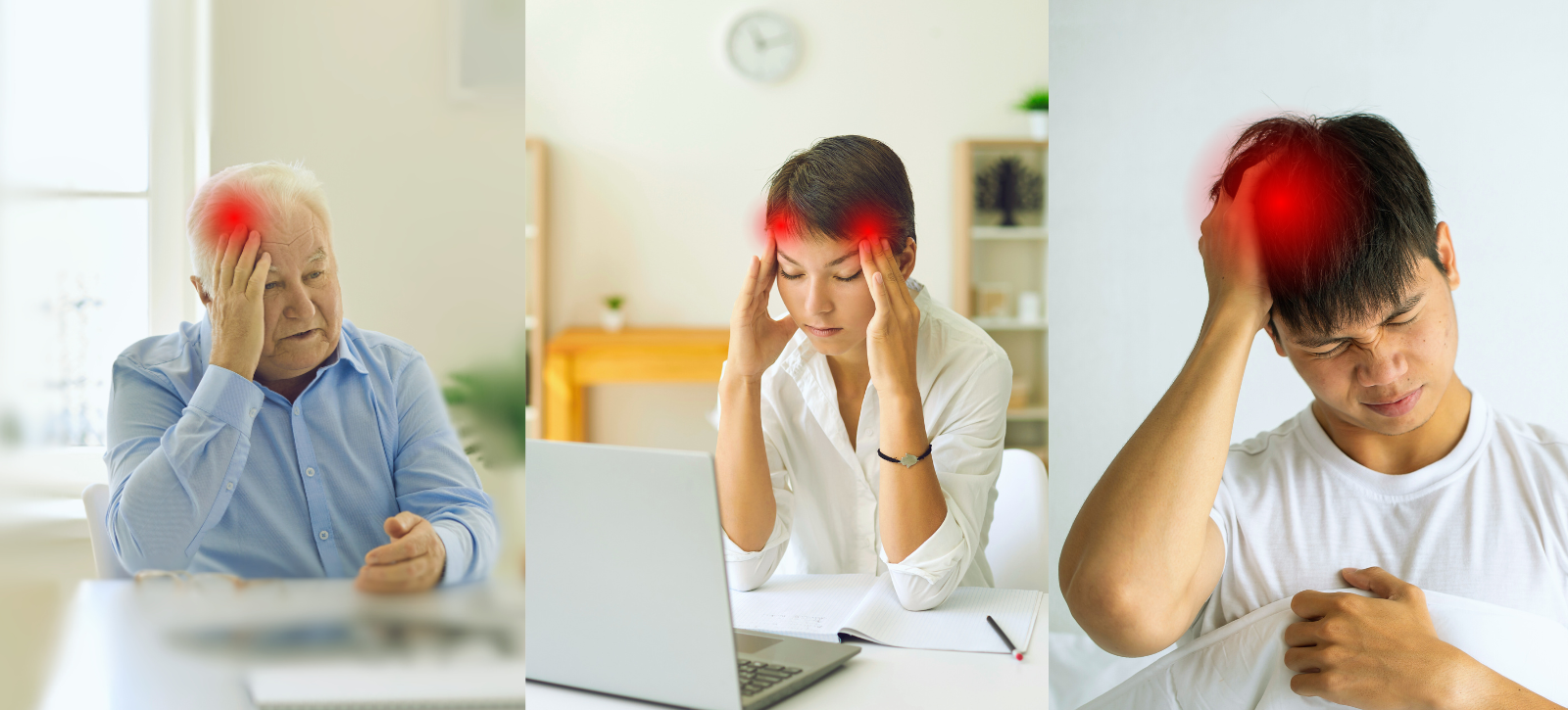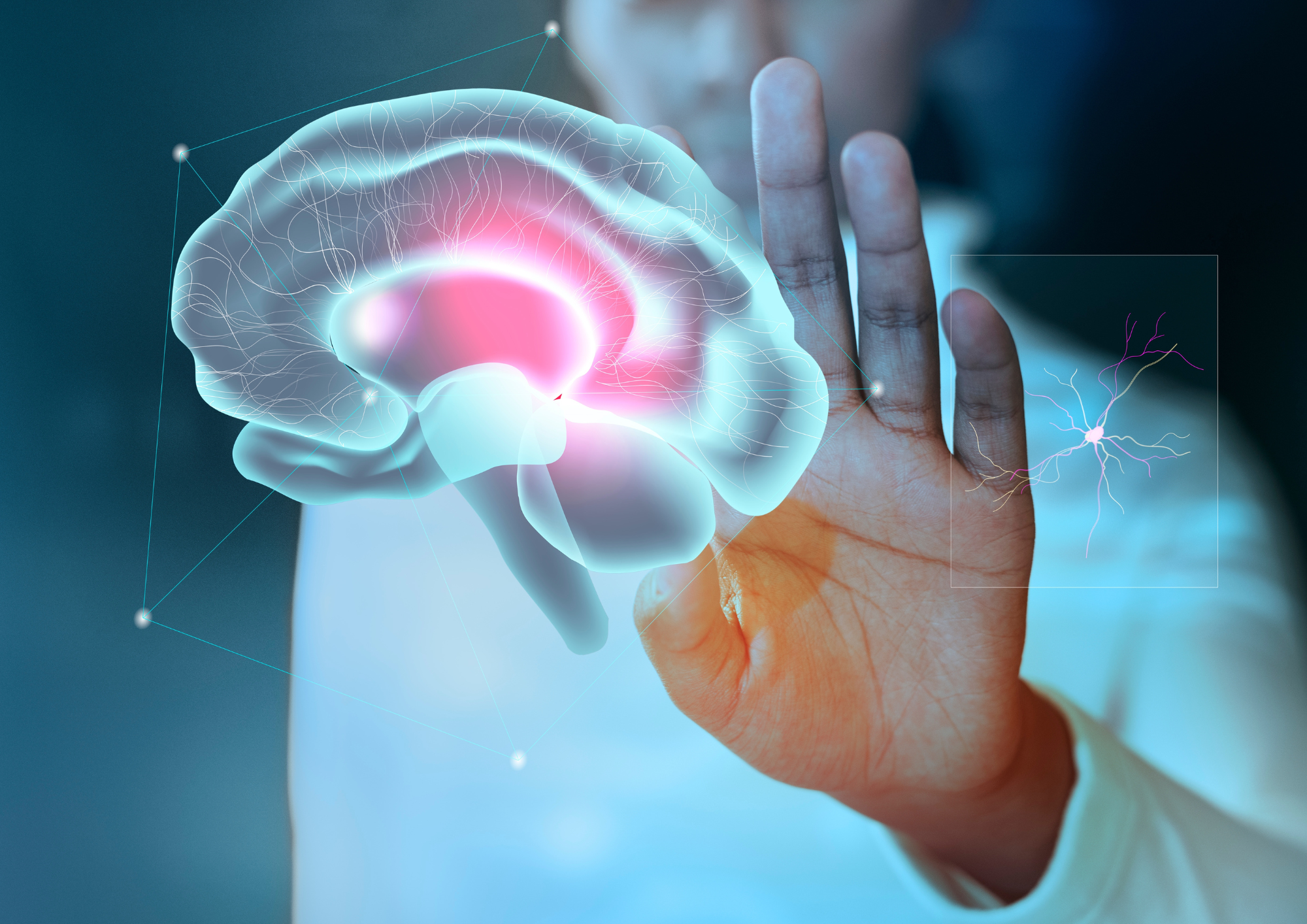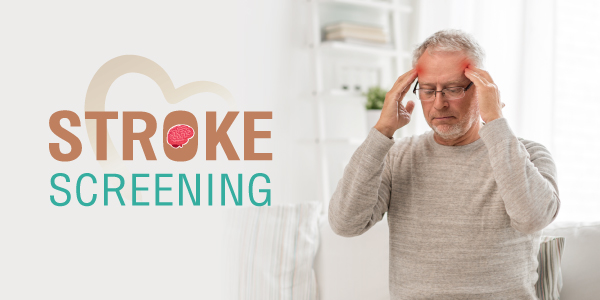Stroke: when the Mind falls silent

What Is a Stroke?
A stroke is a sudden interruption in the blood supply to the brain. When this happens, brain cells are deprived of oxygen and nutrients and begin to die within minutes. A stroke can lead to permanent brain damage, long-term disability, or even death if not treated quickly and properly.
Types of Stroke:
- Ischemic Stroke
- The most common type, accounting for about 87% of all strokes.
- It occurs when blood flow is blocked by a blood clot or narrowing of the arteries due to fatty deposits (atherosclerosis).
- It can happen in either large vessels (like the carotid arteries) or small vessels deep inside the brain.
- Hemorrhagic Stroke
- Caused by a ruptured blood vessel in the brain.
- This leads to bleeding into or around the brain tissue, increasing pressure and damaging brain cells.
- Common causes include uncontrolled high blood pressure, aneurysms, and head trauma.
- Transient Ischemic Attack (TIA)
- Often called a “mini-stroke”, this occurs when a temporary clot blocks blood flow for a short time.
- Symptoms typically last a few minutes to a few hours and resolve completely.
- TIAs are a warning sign of a future, more serious stroke.
Causes of Stroke
Strokes can result from various underlying conditions and lifestyle factors, depending on the type.
Causes of Ischemic Stroke:
- Atherosclerosis – Fatty deposits clog the arteries supplying blood to the brain.
- Embolism – A clot forms in another part of the body (often the heart) and travels to the brain.
- Atrial Fibrillation – Irregular heartbeat can cause clots to form in the heart and travel to the brain.
- Blood clotting disorders – Inherited or acquired conditions that increase the risk of clot formation.
- Carotid artery stenosis – Narrowing of the neck arteries due to plaque buildup.
Causes of Hemorrhagic Stroke:
- Chronic hypertension – Long-term high blood pressure weakens vessel walls.
- Aneurysms – Bulging weak areas in artery walls that can burst.
- Arteriovenous malformations (AVMs) – Abnormal connections between arteries and veins.
- Blood-thinning medications – Excessive anticoagulant use can increase bleeding risk.
- Trauma – Head injuries that lead to bleeding inside the skull.
Causes of TIA:
- Same causes as ischemic strokes, but the blockage is brief or partial.
- Often due to small clots or temporary narrowing of blood vessels.
Prevention of Stroke
Stroke prevention is largely possible through lifestyle modifications and medical management of risk factors.
Key Prevention Strategies:
- Control High Blood Pressure
- Keep it below 120/80 mm Hg if possible.
- Take prescribed medications and reduce salt intake.
- Manage Diabetes
- Keep blood sugar levels stable with diet, exercise, and medications.
- Quit Smoking
- Smoking doubles the risk of stroke. Quitting improves heart and vascular health.
- Eat a Heart-Healthy Diet
- Focus on fruits, vegetables, whole grains, lean proteins, and healthy fats.
- Avoid trans-fats, processed foods, and excess sugar.
- Exercise Regularly
- At least 150 minutes of moderate-intensity aerobic activity per week.
- Helps control weight, blood pressure, and cholesterol.
- Limit Alcohol
- No more than 1 drink per day for women and 2 for men.
- Manage Cholesterol
- Keep LDL (“bad” cholesterol) low and HDL (“good” cholesterol) high.
- Regular Health Screenings
- Check blood pressure, glucose, and cholesterol levels regularly.

Treatment of Stroke
Immediate treatment can significantly improve recovery and survival.
Ischemic Stroke Treatment:
- Intravenous thrombolysis (tPA)
- A clot-dissolving medication given within 4.5 hours of symptom onset.
- Significantly improves outcomes if administered promptly.
- Mechanical thrombectomy
- A catheter-based procedure to physically remove the clot from a large artery.
- Most effective within 6–24 hours, depending on circumstances.
- Blood thinners and antiplatelets
- Medications like aspirin or anticoagulants prevent further clotting.
Hemorrhagic Stroke Treatment:
- Blood pressure control
- Critical to reduce further bleeding and damage.
- Surgical interventions
- To repair aneurysms, remove blood clots, or relieve pressure inside the skull.
- Medications
- May include drugs to counteract blood thinners, prevent seizures, or reduce brain swelling.
Rehabilitation and Recovery:
- Physical Therapy – To regain strength and motor skills.
- Occupational Therapy – To relearn daily tasks like dressing or eating.
- Speech and Language Therapy – To improve communication and swallowing.
Recovery can be a long-term process, and support from caregivers, family, and medical teams is crucial.
Recognizing a Stroke – Act F.A.S.T.
Early recognition can save a life. Use the F.A.S.T. test:
- F – Face: Is one side of the face drooping?
- A – Arms: Can both arms be raised? Is one weak?
- S – Speech: Is speech slurred or strange?
- T – Time: If any symptoms appear, call emergency services immediately.
Other possible symptoms include:
- Sudden vision problems
- Severe headache
- Loss of coordination or balance
- Numbness or weakness on one side of the body
A stroke can happen without warning, but the risk can be significantly reduced by taking charge of your health. Know the symptoms, act fast in emergencies, and maintain a heart-healthy lifestyle. Whether you're focused on prevention or recovery, awareness is the first step toward saving lives.
Heart of Care Essential Care for You

